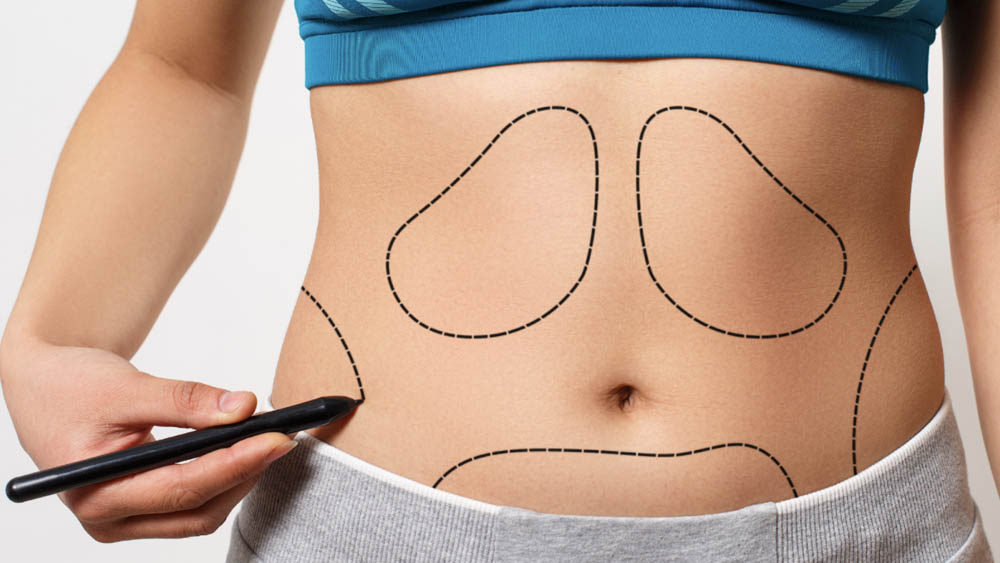What to Expect During Recovery
from Your Lipedema Reduction Surgery
GET DIAGNOSED
Share on facebook
Facebook
Share on twitter
Twitter
Share on linkedin
LinkedIn
By now, you should know your lipedema experience is unique to you. Though there are always generalizations, no two patients are alike, including their post-surgery journey.
You decided to undergo surgical intervention to treat the debilitating, daily symptoms of living with lipedema. While the stage of lipedema, surgeon, type of liposuction performed, the volume of fat extracted, anesthesia administered, overall health standing, as well as pre/post hemoglobin levels, will significantly contribute to each patient’s personal experience, there are common variables that nearly every patient can count on to be part of their recovery process.
Here’s an overview of what to expect once your lipedema reduction surgery is complete:
- You Will Feel Great
…but not great enough to drive. Be sure to have a trusted friend or family member drive you home after your surgery. Whether they awaken from general anesthesia, lipedema surgery, or undergo localized anesthesia, most patients reported feeling pretty great afterwards. However, if you don’t feel so hot, take it easy, listen to your body, and be sure not to push yourself too hard in the hours/days following your surgery.
- You Will Sleep Like a Baby
Disrupted sleep is one of the many undesirable consequences of living with lipedema. However, immediately following your lipedema reduction surgery, you will most likely sleep soundly, deeply, and for many hours at a time, which is perfectly normal and encouraged. Sleep is the body’s time to restore, repair, and recharge. You may not be used to it, but it’s okay to just check out of life for a while and clock some restorative, healing Zzzz’s.
- Stay Hydrated with Plenty of H2O
Though Rip Van Winkle will be no match for your sleeping prowess in the days following your surgery, you will want to be sure to stay hydrated as much as possible. Guzzling down 10-plus glasses of water daily will help flush toxins and residual anesthesia, as well as restore vital fluids lost during surgery. So, drink up.
- You Will Be Ravenous
…or nauseous for days. Some women have reported an intense, insatiable hunger following their lipedema reduction surgery, while others were unable to keep anything down. Again, listen to your body and don’t push yourself. Just be sure to keep nutritionally satiated, whether through supplements (with your doctor’s approval) or smoothies, to kickstart the crucial healing process and restore those compromised hemoglobin levels.
- Do Some Light Walking
While your body will not be ready for vigorous exercise for about 6-8 weeks, you need to engage in light walking to prevent blood clot formation and boost blow flow. When you’re not sleeping, try to get up every hour or so to walk around the block, yard, house, etc.
- You’re Going to Leak – A LOT!
Expect to wake up soaked in pink-tinged dressings, compression garments, etc. Though it may seem like you’re losing your weight in fluids and residual blood, don’t be alarmed. Excessive drainage from incision sites is completely normal and the degree will vary from patient to patient. We suggest you stock up on disposable “puppy” pads, incontinence pads, old towels, sheets, etc., as part of your post-surgery survival kit to help absorb excess fluid flow.
- Get All Wrapped Up
…in compression garments. At this point in your lipedema treatment journey, you should be quite used to this rudimentary therapeutic by now. Just as they did prior to your lipedema surgery, compression garments will help reduce swelling and encourage your skin to heal smoothly over your new contours.
More Tips on What to Expect During Your Lipedema Surgery Road to Recovery
Anticipate to resume work responsibilities in about two weeks following surgery and 4-6 weeks for all physical activities, including sweat sessions. You will experience some level of bruising and swelling at incision sites, hence the compression garment requirement to help mitigate discomfort. Don’t forget to take any medications as prescribed by your doctor and be sure all supplements and low-impact exercises are cleared before consumption and engagement. Dr. Jaime Schwartz uses TIVA-assisted (Total Intravenous Anesthesia) lipedema surgery, which is akin to localized anesthesia, except the patient is asleep during the duration of the procedure and breathing on their own. TIVA ensures a speedier recovery process without the common, adverse effects of anesthesia, making the road to recovery a lot less bumpy. Keep in mind, it could take months for your body to reveal its final anesthetic following your long-awaited lipedema reduction surgery, so be patient with the process – and yourself. Until then, you may feel like you’re on an emotional rollercoaster that you cannot get off. This is completely normal and totally understandable. Seeking the support of loved ones or fellow lipedema patients to help guide you during your body’s transformational process will be fundamental in both your physical and emotional healing process.
If you feel you may benefit from lipedema revision surgery and would like to book a consultation with Dr. Jamie Schwartz to evaluate your current physical situation, as well as your medical and lipedema surgical history, be sure to contact our office to speak with any one of our compassionate, highly-knowledgeable staff members. We look forward to hearing from you and we’re always here to help.

